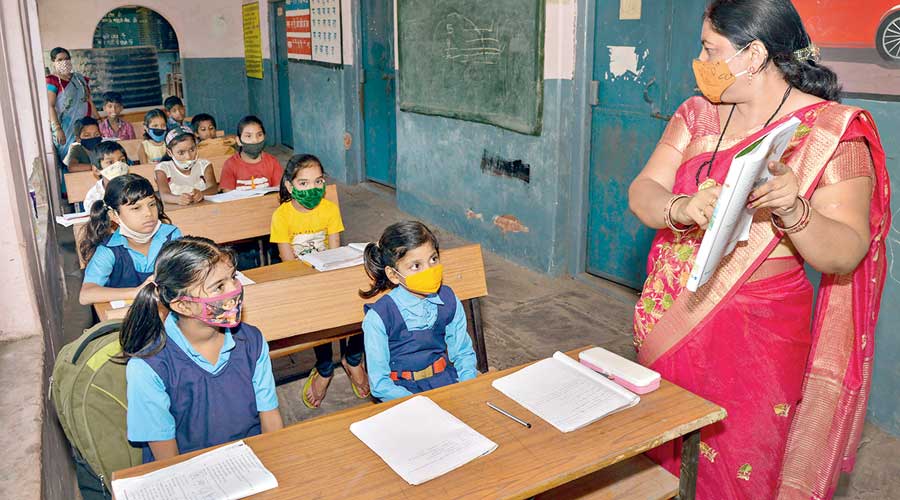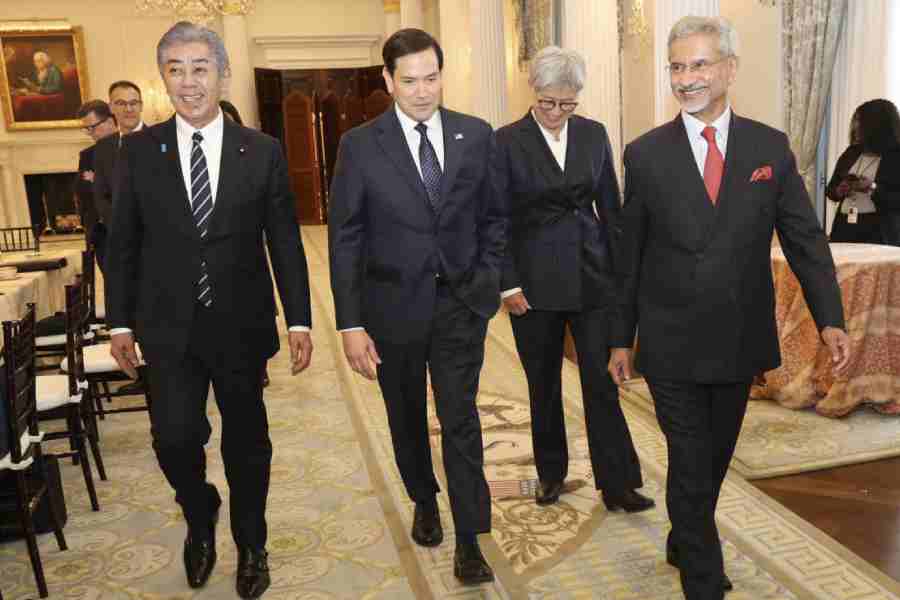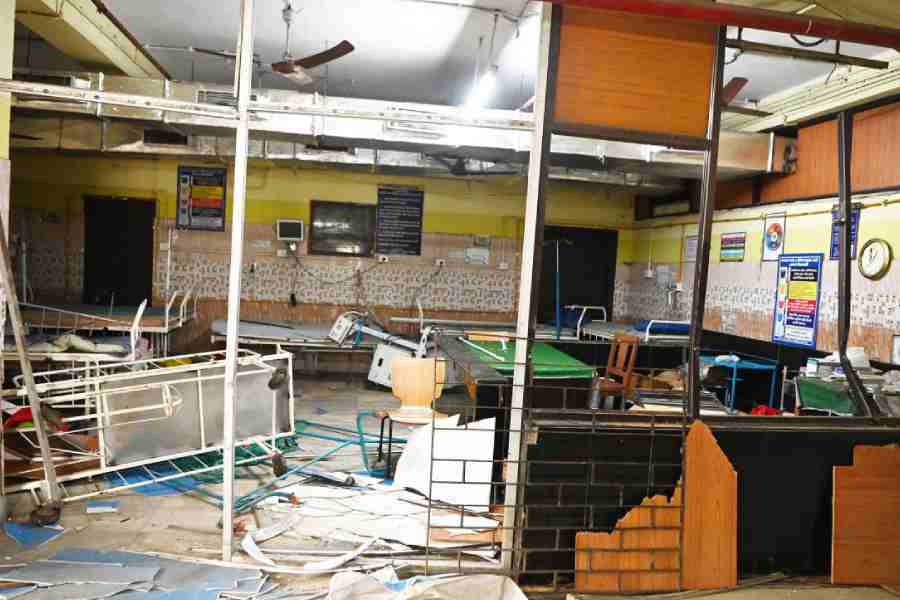The National Achievement Survey, 2021 has found that West Bengal has fared better than the national average in school education. Over 60 per cent of the schools surveyed were either run by the Centre or the states or were government-aided institutions and, among these, West Bengal was one of the high-performing states in all parameters — its overall achievement scores were higher than the national average for Classes III, V, VIII and X. Girls took the lead over boys in most subjects and, unsurprisingly, students in urban centres performed better than their rural counterparts. The spate of good news about the state of education in Bengal does not end there. The Bengal education department is set to receive the Star of Governance-Skoch Award in Education. Bengal’s long and illustrious history of contribution to education may have frayed somewhat over the years, but multiple surveys, including the NAS, have shown that foundational education is still strong. It boasts of a respectable percentage of primary school teachers, high enrolment rate and has better access to drinking water and hygiene facilities in schools. There are several schemes in place to aid underprivileged students but targeted schemes, such as the Kanyashree Prakalpa, which aims to battle the menace of child marriage and improve education among adolescent girls, have had an immediate impact on dropout rates.
But these strides in education must not lead to complacency. The NAS has flagged the impact of the pandemic-induced digital divide among schoolchildren — one in three faced problems because of the lack of access to the internet. The government must identify and then resolve other attendant challenges: the gaps in learning ability, access to and quality of education given the hurdles posed by discrimination on the basis of gender and caste. What Bengal must now work on is not just improving educational infrastructure but also encourage free thinking, an aspect that is being throttled given the Central government’s inclination towards an instrumental, rather than a cerebral, template of learning. The NAS findings may be a pat on the back for the state but Bengal has a long way to go before it can overcome educational challenges that are endemic to the state and those that are national in character.











